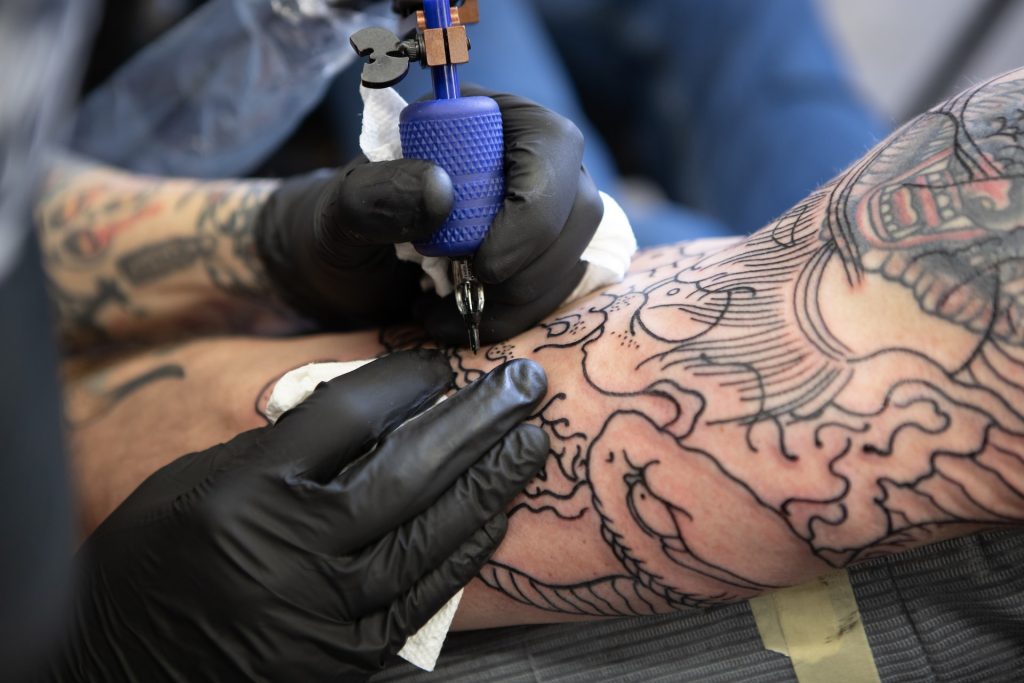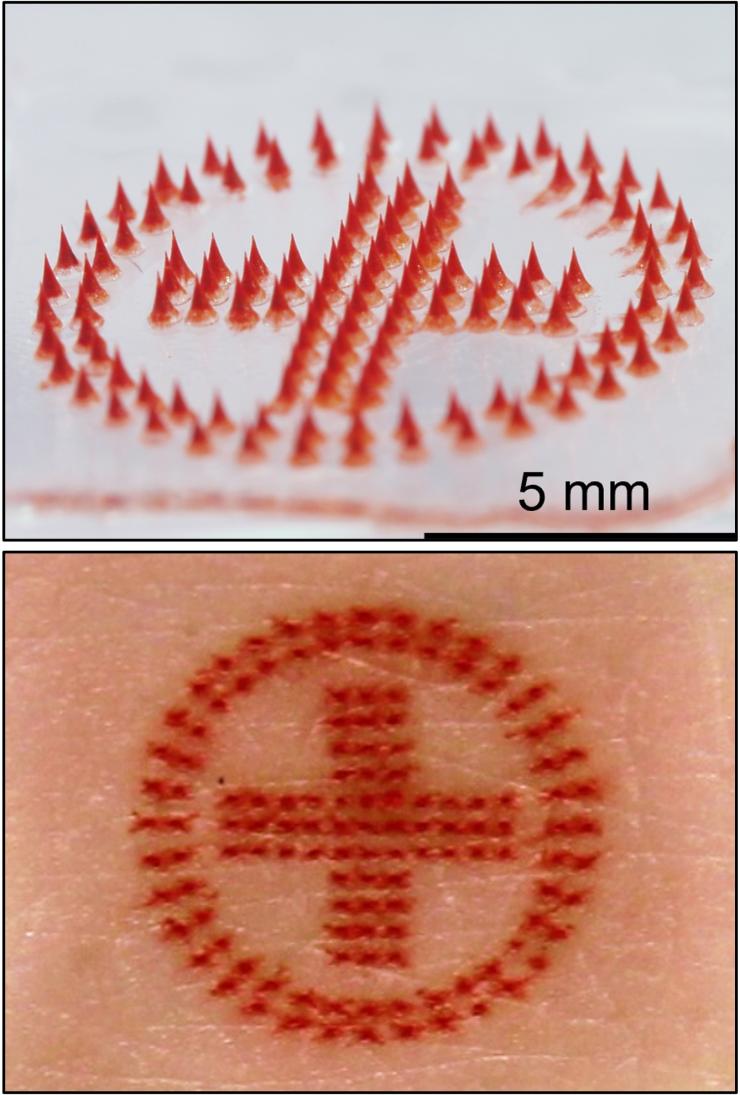Research Draws a Potential Association Between Tattoos and Cancer Risk

Tattoo ink does not just stay under the skin – some of it makes its way into the lymph nodes. Researchers from the Department of Public Health and the Department of Clinical Research at the University of Southern Denmark (SDU), together with the University of Helsinki, have investigated whether this could have health consequences. Using data from Danish twin pairs, they found that tattooed individuals are more frequently diagnosed with skin and lymphoma cancers compared to those without tattoos.
Ink particles in the body may affect the immune system
When tattoo ink penetrates the skin, some of it is absorbed into the lymph nodes, a key part of the immune system. The researchers are particularly concerned that tattoo ink may trigger chronic inflammation in the lymph nodes, which over time could lead to abnormal cell growth and an increased risk of cancer.
“We can see that ink particles accumulate in the lymph nodes, and we suspect that the body perceives them as foreign substances,” explains Henrik Frederiksen, consultant in haematology at Odense University Hospital and clinical professor at SDU.
“This may mean that the immune system is constantly trying to respond to the ink, and we do not yet know whether this persistent strain could weaken the function of the lymph nodes or have other health consequences.”
Studying this link is challenging because cancer can take years to develop. This means that exposure in youth may not lead to illness until decades later, making it difficult to measure a direct effect.
Twin data provides a unique opportunity to study the link
The study is based on data from the Danish Twin Tattoo Cohort, where researchers have information from more than 5900 Danish twins. By analysing tattoo patterns alongside cancer diagnoses, they found a higher occurrence of both skin and lymphoma cancers in tattooed individuals.
“The unique aspect of our approach is that we can compare twin pairs where one has cancer, but they otherwise share many genetic and environmental factors,” says Jacob von Bornemann Hjelmborg, professor of biostatistics at SDU.
“This provides us with a stronger method for investigating whether tattoos themselves may influence cancer risk.”
The size of tattoos matters
The results show that the link between tattoos and cancer is most evident in those with large tattoos – defined as bigger than a palm.
For lymphoma, the rate is nearly three times higher for the group of individuals with large tattoos compared to those without tattoos. This rate (more specifically, ‘hazard rate’) accounts for age, the timing of the tattoo, and how long the individuals have been followed in the study.
“This suggests that the bigger the tattoo and the longer it has been there, the more ink accumulates in the lymph nodes. The extent of the impact on the immune system should be further investigated so that we can better understand the mechanisms at play,” says Signe Bedsted Clemmensen, assistant professor of biostatistics at SDU.
Another study from the Danish Twin Tattoo Cohort shows that tattoos are becoming increasingly common. Researchers estimate that four in ten women and three in ten men will have tattoos by the age of 25.
The link to lymphoma has also been observed in an independent Swedish study from 2024.
Are some ink colours worse than others?
Previous research has suggested that certain pigments in tattoo ink may be more problematic than others.
“In our study, we do not see a clear link between cancer occurrence and specific ink colours, but this does not mean that colour is irrelevant. We know from other studies that ink can contain potentially harmful substances, and for example, red ink more often causes allergic reactions. This is an area we would like to explore further,” says Signe Bedsted Clemmensen.
What are the next steps?
The researchers now plan to investigate how ink particles affect the function of lymph nodes at a molecular level and whether certain types of lymphoma are more linked to tattoos than others.
“We want to gain a better understanding of the biological mechanisms – what happens in the lymph nodes when they are exposed to ink particles over decades? This can help us assess whether there is a real health risk and what we might do to reduce it,” concludes Signe Bedsted Clemmensen.
Source: University of Southern Denmark Faculty of Health Sciences



